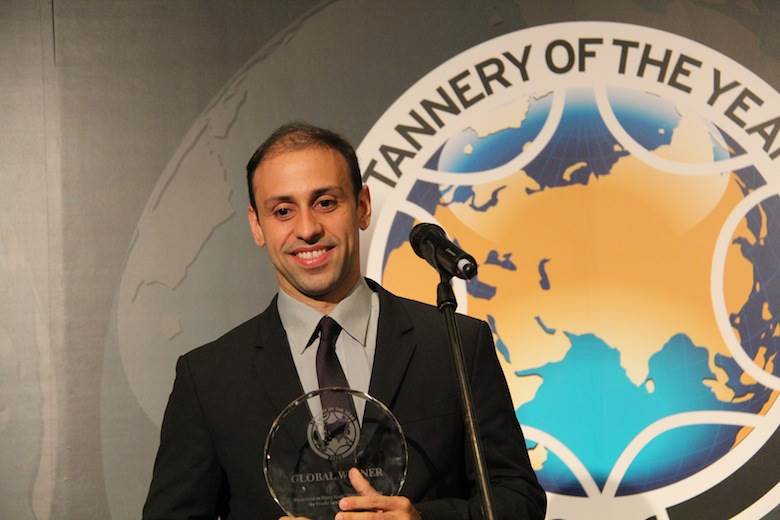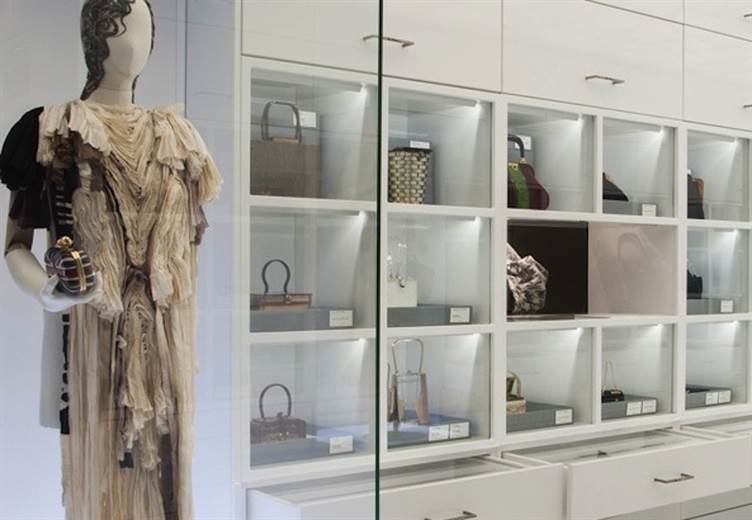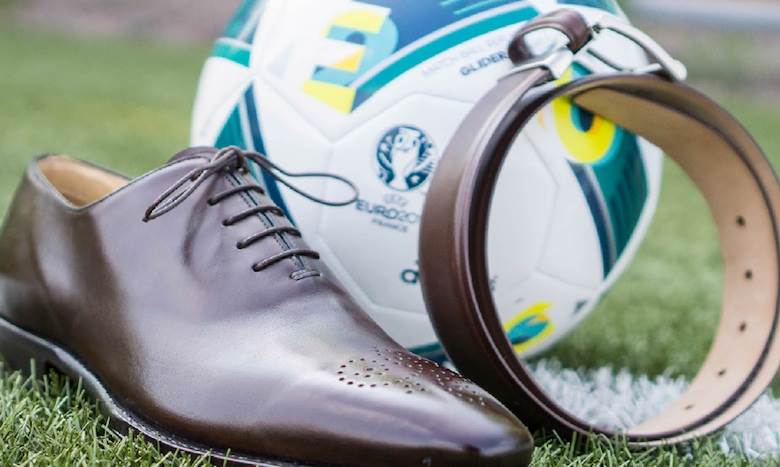The Common Market for Eastern and Southern Africa (COMESA) Leather and Leather Products Institute (LLPI) has urged its member states including Zimbabwe to implement strategies to improve the capacity utilization of their leather industries and product quality so as to satisfy the existing 270 million shoes market deficit in the trading bloc.
COMESA/LLPI director Dr Mwinyikione Mwinyihija said Africa played an integral role in the leather industry in the world through the provision of 21 percent of the global livestock and 14 percent of the total hides and skins but said the continent was not benefiting much from its resources owing to failure to add value to its products.
He said this after the graduation of 45 Small to Medium Enterprises shoe manufacturers in Bulawayo in November, 2013. The students underwent a two-week course in leather production funded by COMESA/ LLPI.
After the graduation ceremony Dr Mwinyihija and the chairman of the Leather Institute of Zimbabwe, Mr Nicoh Mpofu, signed a Memorandum of Understanding (MoU) on behalf of the two parties (LLPI and LIZ). “Africa is the home of hides and skins because it has a total of 21 percent of the total livestock production in the whole world and it supplies 14 percent of the total hides and skins to the world.
“However, the biggest bottleneck that we have in Africa is translation of the resources we are producing to value. Out of the 14 percent we are producing in this world 3.32 percent is actualized as value meaning we are losing almost 11 percent,” Dr Mwinyihija said.
He said the foreign currency earned through leather export would have gone a long way in ensuring rural development programmes and employment creation. Dr Mwinyihija said Comesa LLPI was working towards ensuring the quality of leather of its 19-member state improves.
“The potential is very high because we have to fast recover the 11 percent that is lost within the supply chain and build at the national level the capacity that the hides and skins can be produced to a level where the leather products can actually sustain the economic enterprises,” he said.
Dr Mwinyihija said shoe manufacturers including Small to Medium Enterprises (SMEs) should strive to enhance their production so as to meet the estimated demand of one billion pairs of shoes by 2015 to 2016.
“In Comesa 400 million people wear shoes meaning the shoe per capita is around 0.85, which translate to 85 percent with 320 million pairs of shoes being demanded per year. We import about 80 million pairs of shoes a year meaning the deficit is 240 million pairs of shoes.
“Our local (COMESA) manufacturers only produce about 70 to 100 million pairs of shoes per year of which we have to encourage our SMEs to up their production and quality as we have a ready market. By 2015 to 2016 the whole of Africa will need over one billion pairs of shoes per year,” he said.
Dr Mwinyihija said Zimbabwe was in track of ensuring the revival of its leather industry following the formulation of a leather sector strategy, which is, however, yet to be implemented.
Mr Mpofu said the country’s leather industry was lagging behind compared to countries such as Ethiopia and Uganda due to a lack of policies that promote importation of value-added products. He, however, said the standard of shoes and leather products manufactured by the country’s SMEs was good but the quality of leather was impacting negatively on their finished products.
“The standards (of our SMEs) are very good. Even the director of COMESA also acknowledged that it is the best that he has seen in his tour of the various countries. We are in the right track all we need is to improve on the quality of leather.
“The signing of the MoU sets the stages that will have to be followed in the strategy and we are in line with Zimbabwe Agenda for Sustainable Socio-Economic Transformation where it is talking about SMEs in clusters and this is exactly what we are doing,” Mr Mpofu said.
The permanent secretary in the Ministry of Small to Medium Enterprises and Cooperative Development Mrs Evelyn Ndlovu said the Government was in the process of according SMEs improved infrastructure to work from in line with the SMEs Infrastructural Development policy which came into effect in 2011.
Source: Dumisani Nsingo Senior Business Reporter ,
http://www.sundaynews.co.zw/index.php?option=com_content&view=article&id=36785:improve-leather-industries--comesa&catid=41:business&Itemid=133#.Uqlu3yzxs5t








 The Ministry of Trade and Industry has endorsed the National Leather Value Chain Strategy. It was devised in cooperation with the Common Market for Eastern and Southern Africa-Leather and Leather Products Institute (COMESA/LLPI) and the Eritrean Leather and Allied Industries Association.
The Ministry of Trade and Industry has endorsed the National Leather Value Chain Strategy. It was devised in cooperation with the Common Market for Eastern and Southern Africa-Leather and Leather Products Institute (COMESA/LLPI) and the Eritrean Leather and Allied Industries Association. 

